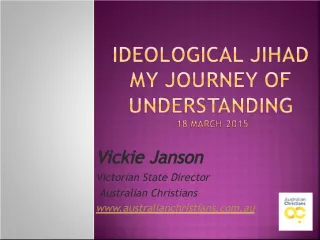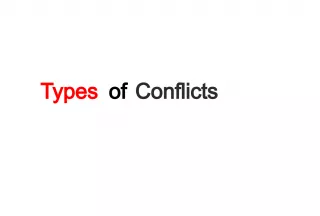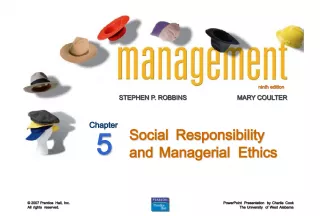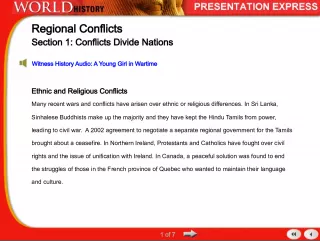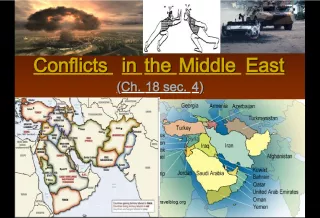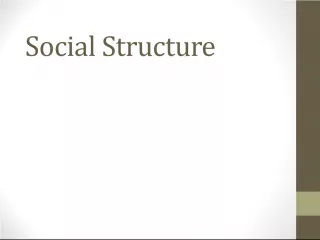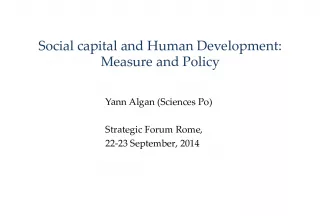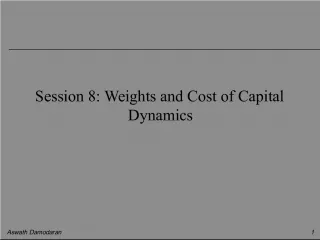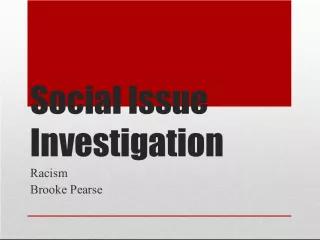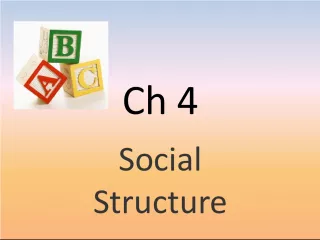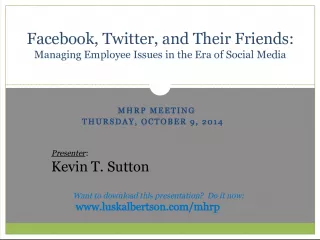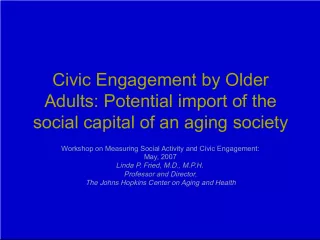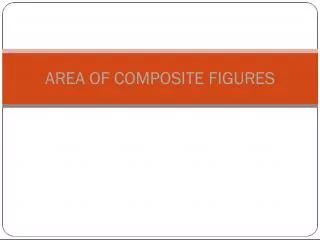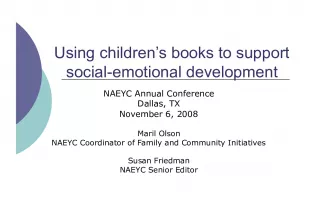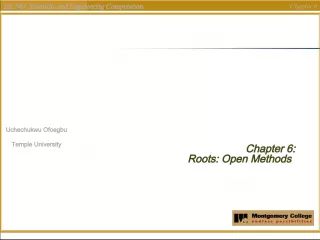The Victorian Age: Social Conflicts, Reforms, and Values
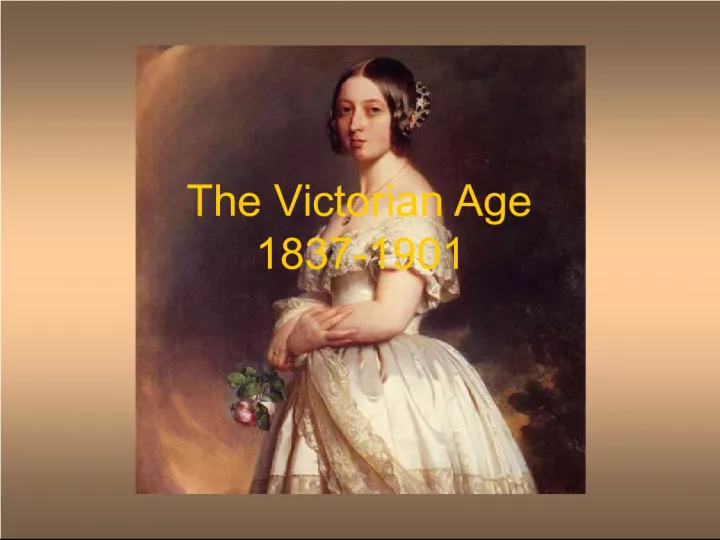

Explore the social conflicts, reforms, and values that shaped the Victorian Age from 1837 to 1901, including the industrial revolution, free trade, Victorian values, the condition of women, and colonial expansion.
- Uploaded on | 5 Views
-
 bogisich
bogisich
About The Victorian Age: Social Conflicts, Reforms, and Values
PowerPoint presentation about 'The Victorian Age: Social Conflicts, Reforms, and Values'. This presentation describes the topic on Explore the social conflicts, reforms, and values that shaped the Victorian Age from 1837 to 1901, including the industrial revolution, free trade, Victorian values, the condition of women, and colonial expansion.. The key topics included in this slideshow are Victorian Age, social conflicts, industrial revolution, Victorian values, colonial expansion,. Download this presentation absolutely free.
Presentation Transcript
1. The Victorian Age 1837-1901
2. The Industrial Revolution and Free Trade Social Conflicts Social Reforms Victorian values: Family, Respectability, Morality Religion and C.Darwins Theories The Condition of Women : the DoubleStandard Colonial expansion Main Features
3. Social conflicts Middle Class vs Aristocracy Repeal of Corn Laws 1846 Working class vs Middle class: Low wages Urbanization Slums Back to back houses
4. Slums & back to back houses It was a town of red brick
5. Victorian Laws 1842 46 Mines Act 1847 Ten Hour Bill 1848 Public Health Act 1867 2nd Reform Act (almost all men could vote) 1870 Education Act 1871 Trade Unions became legal 1884 3rd Reform Act(suffrage for all men) 1901 Labour Party
6. Women Essentialism: the idea that differences between men & women were determined by nature and women were naturally unsuited for male roles (as men were naturallysuperior)
7. The double standard Idealization of women: angelic figures (mother and young girl) not only physically but also morally This difference justified different codes of behaviour and education for men and for women
8. The Angel in the House
9. Women's clothing symbolised their constricted lives. Tight lacing into corsets and cumbersome multiple layers of skirts which dragged on the ground impeded women's freedom of movement. Between 1856 and 1878, among the wealthy, the cage crinoline was popular as it replaced the many layers of petticoats, but it was cumbersome and humiliating. Sitting down, the cage rode up embarrassingly at the front. The skirts were so wide that many women died engulfed in flames after the material caught fire from an open grate or candle.
10. 1857 Tha Matrimonial Causes Act A husband could divorce his wife if she committed adultery But The woman who wanted a divorce had to prove her husband guilty not only of adultery but also of incest, bigamy, bestiality cruelty or desertion
11. Rich women became spinsters , easily made fun of with reference to their own condition Poor women could only find humiliating employment e.g. in factories For many women the only chance to survive lay in prostitution Were unmarried women less unhappy?
12. Foreign Policy 1854 :The Crimean War 1858 : India Act 1875 1900 colonial development in Africa and the Far East 1887 The First Imperial Conference in London 1899- 1902 Anglo Boer War
13. Victorian Colonial Policy 1876 Queen Victoria was proclaimend Empress of India by Parliament
14. Colonial Expansion
15. To strive, to seek , to find and not to yield
16. The White Mans Burden
17. Evolution Sir Charles Lyell 1803 Principles of Geology(the Earth is much older than people think) Charles Darwin 1859 the Origin of Species by means of Natural Selection (survival of the fittest) 1871 The Descent of Man and selection in Relation to Sex
18. The Funeral
19. Queen Victorias Statue in Windsor


